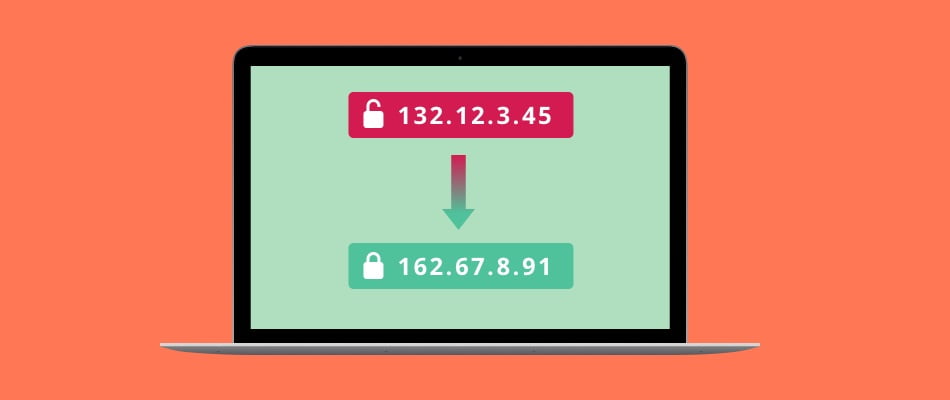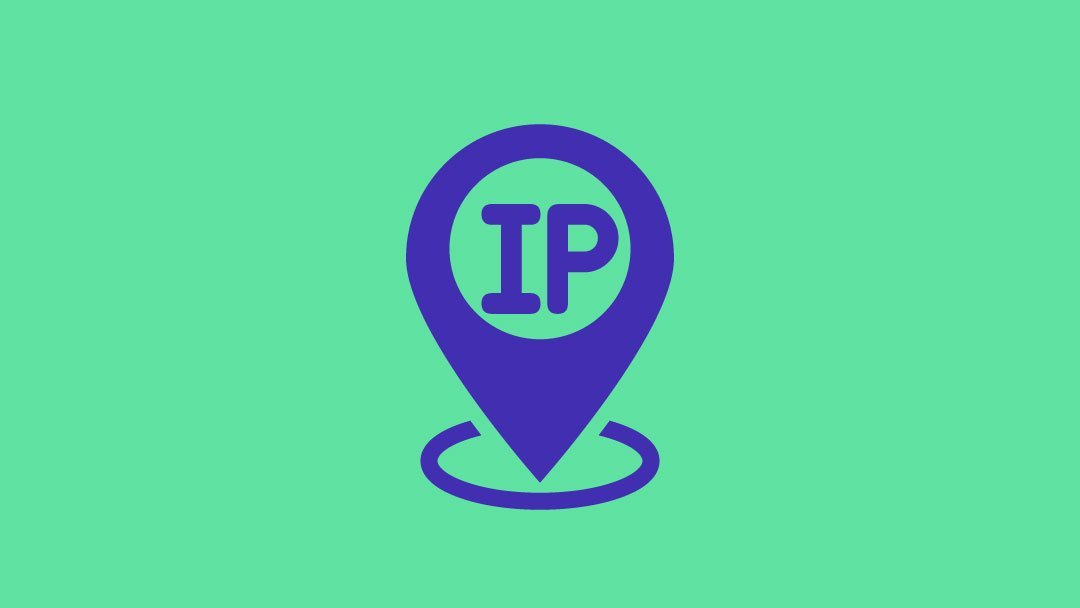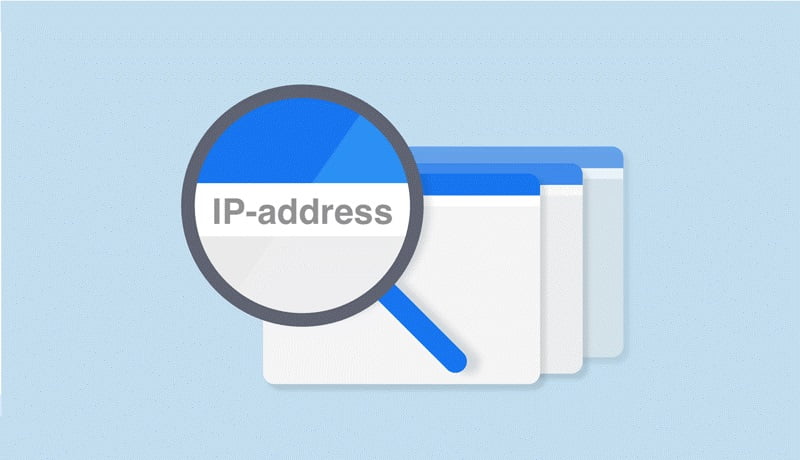Today we are going to talk about one of the most debating topics on the internet, what are the differences between static IP and dynamic IP addresses? They are like the identity documents of our internet connection. They are addresses that are assigned to the device from which we are browsing, and this assignment is made from the moment we enter the network. But not all IP address assignment methods are the same. Let’s start with the key concepts.
What is a dynamic IP address?
When we talk about dynamic IPs we have to say that it is the most common method of assigning IP addresses throughout the technological ecosystem. It is the system that operators assign us by default because it is easier for them to manage, and it is a method that will be valid in 90% of the cases.
A dynamic IP is one that changes every time we connect to the internet, although in practice the address usually varies only every few days, depending on the time set by the DHCP of our internet operator.

DHCP is the server in charge of receiving our internet browsing request and assigning us an IP address that is available at that moment. DHCP is, figuratively speaking, like a customs agent in charge of putting a stamp in our passport when we travel, and that stamp changes every few days unless, for some reason, the IP address we have been using is still available.
Dynamic IP addresses have a number of advantages, the most important difference is that it is a free service. As this is the standard procedure, it is the one that our operator serves us by default and free of charge. Changing IP addresses every few days also protects us from external attacks by users who may have obtained our IP.
What is a static IP address?
The fundamental difference here is that a static IP address service is paid. The operator reserves a specific IP address for us that will not vary, and therefore cannot be used for dynamic assignment to other users, and therefore becomes a paid service.
Static IP addresses are also paid because they are usually associated with professional online services that we can offer; such as mail servers, data servers, etc. To set them up we will need static IP addresses, and our operator will charge us for limiting its repertoire of dynamic IP addresses.

As a general rule, static IP addresses are usually more stable and faster, and offer lower latencies, mainly due to the fact that we skip steps when connecting, such as the DHCP step mentioned above. On the other hand, always having the same IP address makes us more vulnerable to external attacks by those who may have obtained our IP address.
How to learn if your IP address is dynamic or static?
The first method is quite simple, we can call your operator to find out. However, if we have not requested a static IP address and are therefore not paying for it as a surcharge on our bill, it is most likely a dynamic IP. There should not be many operators that offer static IPs free of charge.
The second method is to go to a website that shows us what our public IP address is. There are websites that perform this function and the verification method is quite simple. It will be enough to access one of these websites, write down our IP address and enter it again after a few days to check if it has changed. This website should be an answer to this question.





